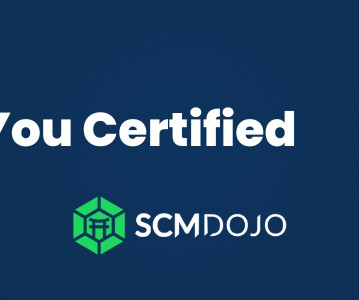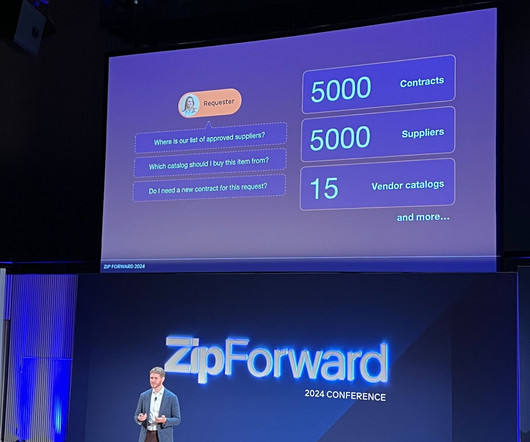Which “Should Cost” ProcureTech Solution provider is the best in these three key areas?
Procurement Insights
APRIL 5, 2025
6 Coupa Software 2006 Founded in 2006, a relatively younger leader in spend management. 8 Keelvar 2012 Founded in 2012, a decade of experience in sourcing optimization. 9 Lytica 2015 Established in 2015, a newer player in supply chain analytics.














Let's personalize your content